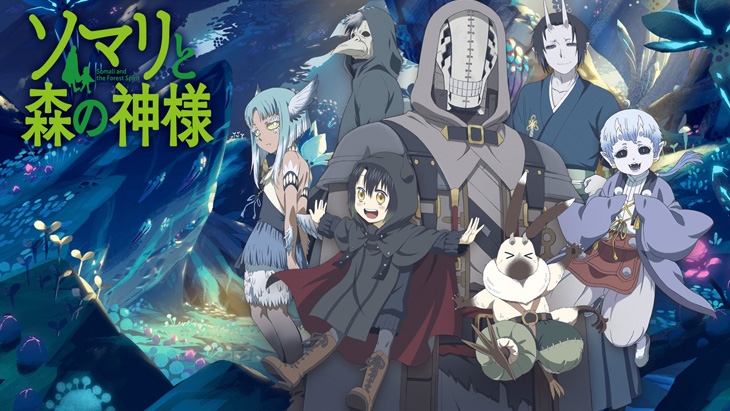
It feels like there’s not a lot of room for whimsy in fantasy these days. It’s either really comfy isekai, or shonen series that end up getting adapted.
But there’s a few series that break the mold and introduce an aesthetic that’s charming, a little nonsense, and endlessly interesting. Among them are titles like Hakumei to Mikochi, The Ancient Magus Bride, and Made in Abyss, and Somali and the Forest Spirit ought to count among them.
It’s hard not to appreciate when a fantasy setting is introduced that isn’t simply an excuse for powerful magic, “cheat skills”, or other JRPG-like mechanics. That isn’t to say I’m opposed to them, I love my trashy isekai. But let’s not forget that fantasy as a genre is capable of more high-brow storytelling.
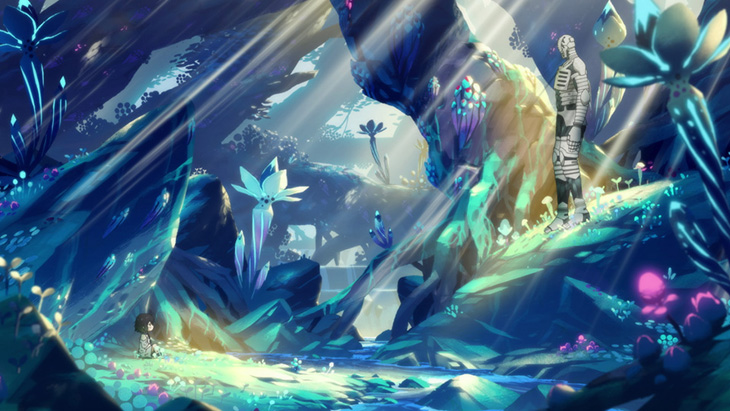
Somali and the Forest Spirit
Studios: Satelight
Publishers: Movic
Director: Kenji Yasuda
Translation: Crunchyroll
Premiere: January 10, 2020
Somali and the Forest Spirit follows the journey of the titular Somali, a young human girl, and a golem of the forest (the “spirit” likely referred to in the title). In this world, golems live in forests across the world and protect them, who makes them and why is a mystery.
Also in this world, humans have been hunted to near extinction. Somali was found in the forest by the golem in rags with slave chains around her neck and based on a conversation in the first episode human survivors are infrequently sold in local markets.
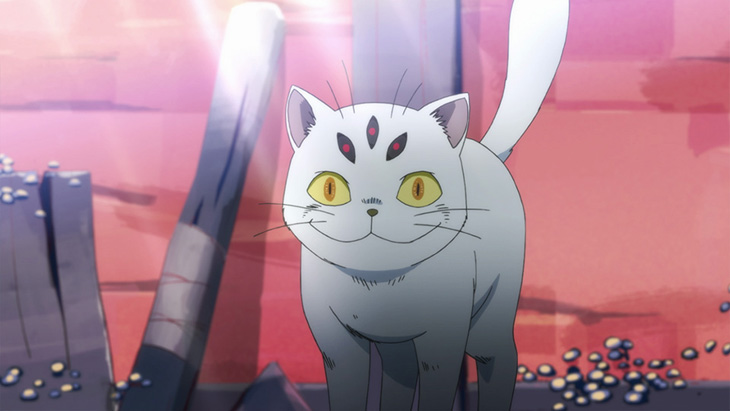
This is a world where monsters rule in seemingly isolated communities, creatures of many types live together in cities living normal lives and united mostly by their disdain of humankind. The reason for this? Allegedly long ago humans and monsters lived separately, and the humans were so disgusted by the monsters they started a war despite being weaker than the monsters.
This history is one-sided, but presented as fact. The fact that the monsters talk callously about eating humans and the lack of detail in their historical recall prompts some skepticism to this history. But that’s my own speculation and presumably the history as it’s told by the monsters is how it truly was.
Nonetheless, this makes Somali a target in the cities and towns that the pair visit. Fortunately a deceptively crafted hood gives Somali the appearance of horns and this is rarely called into question.
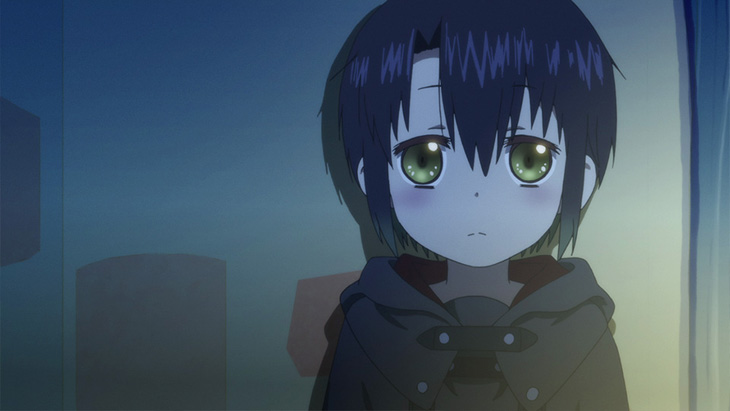
Together on this dangerous journey, the nameless golem searches for Somali’s parents. In the meantime, Somali has clearly bonded with the golem, calling him father and valuing the time she spends with him.
The golem has similarly been affected by Somali, despite claiming repeatedly that golems don’t feel emotions, pain, or worry; the golem shows paternal concern and empathy.
The story of the series is as much about the golem’s emotional growth and Somali growing up as it is about the physical journey of finding Somali’s parents if not moreso. As if to reflect this, the journey has no set destination; in each episode the pair travels through some nebulously placed location in the grand scheme of the world, guided only by the most recent rumors of where humans were spotted.

All in all it makes for a touching and heartfelt atmosphere with Somali’s childlike love for her father and the golem slowly opening his heart to the child. Along the way, despite the dangers the two even forge temporary friendships with the kinder monsters they encounter along the way.
Visually, a lot of credit is due to the original creator for inventing a world with such beautiful vistas like the underground caves in episode 3. Whether it’s the strangely pastel trees of the forest in the first episode, or the winding roads of multicolored stone in Anthole City, the world of Somali and the Forest Spirit never fails to impress in its aesthetics and creativity.
Another point of note is the series either doesn’t use 3D animation, or it’s so subtle I haven’t noticed it. None of the multi-limbed creatures in Somali’s world are hastily rigged with a low-res texture like in Otherside Picnic.
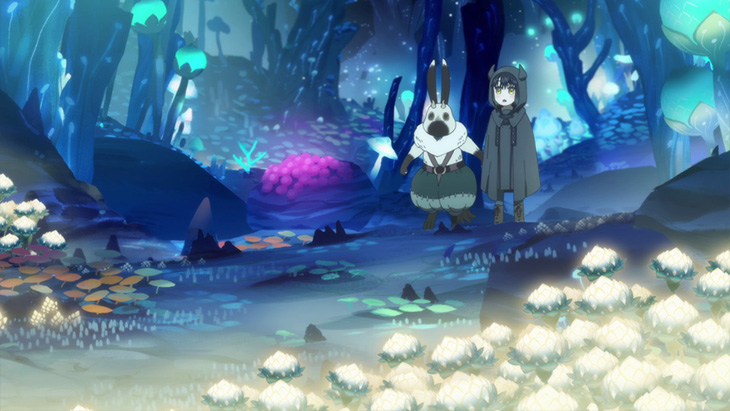
No details were spared in the character design either, almost every monster looks like an actual species and not just a generic blob of creature parts. Whether it’s the background merchants (who are mostly lizards) or Kikila and his father Kokilla from the “Woolly Shurigara” species (called “clans” in the subtitles).
There’s not many opportunities to show off the studio’s animation though; as a laid back sort of series there’s no real action scenes and because the golem’s mouth doesn’t move when he speaks so in some conversations all movement ceases when he talks.
But speaking of well, speaking; the voice work is fantastic with the golem voiced by industry veteran Daisuke Ono who is probably most well known for his role as the ESPer Itsuki Koizumi in The Melancholy of Haruhi Suzumiya.
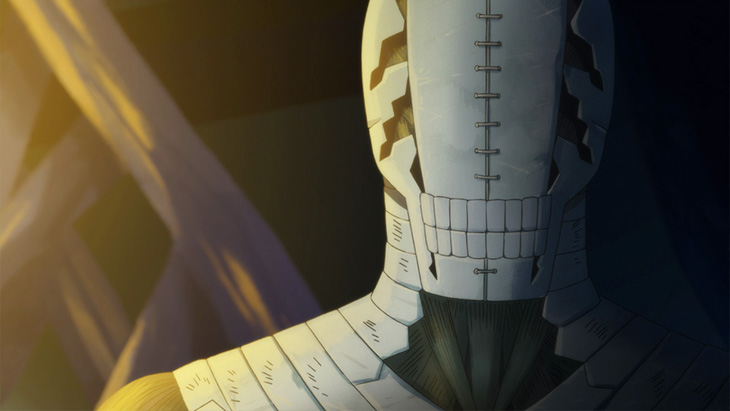
Somali is voiced by Inori Minase, a vocal talent who’s exceptionally adept in her childish portrayals. Her past work largely included childlike or immature characters like Yuki Takeya in School Live! or the goddess Hestia in Is It Wrong to Try to Pick Up Girls in a Dungeon?
The opening theme Arigatou wa Kocchi no Kotoba by Naotarou Moriyama does a fantastic job of capturing the whimsy of Somali and the Forest Spirit. The opening animation shows Somali and her golem father in all sorts of landscapes as they search the world.
The ending theme is Kokoro Somali by Inori Minase, the voice actress for Somali. It’s a slow song and Minase does a great job on the vocals. She’s able to drop to a lower pitch range in her singing than she uses for the character Somali and it’s a chance for her to show her talent.
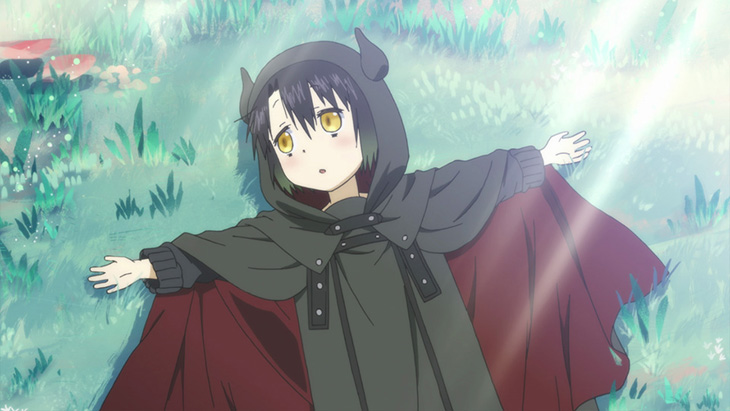
Ultimately, Somali and the Forest Spirit is the original whimsical adventure that exemplifies the fantasy genre. With its creative characters, heartfelt character dynamics, and a bit of intrigue, fans are in for an adventure that’s less epic in scale but compensates for being emotionally intimate with its characters.
Fans of series like The Ancient Magus Bride will appreciate the worldbuilding of the series, as will isekai fans despite this being a more conventional fantasy. For better or worse though, shonen and action fans will be put out by the show’s slow, almost slice-of-life pace.